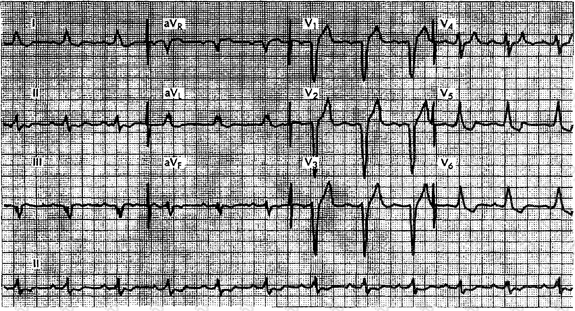
ACSM Certified Clinical Exercise Physiologist
Last Update Nov 30, 2025
Total Questions : 160
We are offering FREE 030-444 ACSM exam questions. All you do is to just go and sign up. Give your details, prepare 030-444 free exam questions and then go for complete pool of ACSM Certified Clinical Exercise Physiologist test questions that will help you more.



In a budget for a clinical exercise rehabilitation program, all of the following are examples of variable expenses EXCEPT
The appropriate exercise HR for an individual on -blocking medication would generally
be
The exercise leader or health/fitness instructor should modify exercise sessions for participants with hypertension by
Controlling pool water temperature (83-88°F), avoiding jarring and weight- bearing activities, and avoiding movement in swollen, inflamed joints are special considerations for exercise in
The safety of resistance exercise is dependent on all of the following except
A comprehensive patient care plan is necessary for effective program management, because it
Which of the following statements about a clinical exercise rehabilitation program's mission statement is NOT correct?
What is an appropriate initial weight loss goal for an obese individual desiring weight reduction?
At what running speed would you set a level treadmill at to elicit an Vo2 of 40 mL .
kg-1 . min-1?
In the ECG shown on the following page, which of the following conduction abnormalities is indicated?

Program description, resource availability, and client interest are examples of
What is a subject's work rate in watts if he pedals on a Monark cycle ergometer at 50 rpm at a resistance of 2.0 kiloponds?
Differentiation between supraventricular and ventricular rhythm is made on the basis of the
What stepping rate should a client use if she wishes to exercise at 5 METs? The step box is 6 inches high, and the client weighs 50 kg.
What is the relative Y02 of running on a treadmill at 5.5 mph and a 12% grade?
According to the AACVPR, elements of successful adult education include all of the
following EXCEPT
A 150-pound male sets the treadmill speed at 5.0 mph and a 5.2% grade. Calculate his MET value.
Which of the following elements is NOT part of an emergency plan for a clinical exercise program?
One important aspect of staff competency is ensuring that staff members are well trained and kept up to date. Which of the following organizations has recently launched the Registry for Clinical Exercise Physiologists?
According to the most recent National Institutes of Health's Clinical Guidelines for the
Identification, Evaluation, and Treatment of Overweight and Obesity in Adults, recommendations for practical clinical assessment include
Athletes who exercise in the heat and humidity have a special need for fluid replacement.
Current guidelines suggest that athletes should
Diets high in saturated fat can lead to elevations in blood ______ concentration, which may increase risk of heart disease. Optimal concentrations of this blood lipoprotein are___
Carbohydrate, protein, and fat provide which of the following amounts of energy (kcal/g)?
The recommended cardiorespiratory endurance exercise training program for older individuals should be
Which of the following medical conditions is NOT part of the female athlete triad?
Which of the following situations indicates progression to independent and unsupervised exercise for a client after CABG surgery in an outpatient program?
The MINIMAL duration of exercise necessary to achieve improvements in health for deconditioned individuals is
Which of the following statements regarding exercise for the elderly is FALSE?